The abbreviation for Production Software Development Center in English
The abbreviation for Production Software Development Center in English is PSDC. This abbreviation is commonly used in industry to refer to centers or departments that specialize in the development of software related to production processes. PSDCs are critical for optimizing production workflows, improving efficiency, and integrating various technology solutions. For instance, in a manufacturing company, a PSDC might develop software to automate machinery, manage supply chains, or analyze production data to identify areas for improvement. These centers are essential for modern businesses aiming to stay competitive by leveraging advanced software solutions to streamline their operations.
I、PSDC’S ROLE IN MODERN INDUSTRY
In the contemporary industrial landscape, PSDCs play a pivotal role by focusing on the creation and enhancement of software that directly impacts production processes. They are responsible for developing applications that facilitate automation, data analytics, and integration of various industrial systems. By doing so, they help organizations achieve higher efficiency and cost-effectiveness. For example, a PSDC might create an application that automates the scheduling of manufacturing tasks, ensuring that resources are optimally utilized and production deadlines are met. This not only reduces human error but also significantly cuts down on production time and costs. Furthermore, PSDCs often work closely with other departments such as research and development (R&D), quality assurance (QA), and IT to ensure that the software solutions they develop are aligned with the company's overall strategic goals and are robust, scalable, and secure.
II、KEY FUNCTIONS OF A PSDC
PSDCs are tasked with a variety of functions that are crucial for the smooth operation of production systems. These include software design and development, system integration, maintenance and support, and continuous improvement.
-
Software Design and Development: This involves creating custom software solutions tailored to the specific needs of the production environment. PSDCs work on developing applications that can range from simple tools for data entry to complex systems for real-time monitoring and control of production lines.
-
System Integration: PSDCs ensure that the software they develop can seamlessly integrate with existing systems and hardware. This is essential for creating a cohesive production environment where different systems can communicate and work together effectively.
-
Maintenance and Support: Once the software is deployed, PSDCs provide ongoing maintenance and support to ensure that it continues to function correctly and efficiently. This includes fixing bugs, updating software to comply with new regulations, and providing user support.
-
Continuous Improvement: PSDCs are constantly looking for ways to improve the software they develop. This involves gathering feedback from users, analyzing performance data, and staying up-to-date with the latest technological advancements. By doing so, they can implement updates and enhancements that further optimize production processes.
III、BENEFITS OF HAVING A PSDC
The presence of a PSDC within an organization offers numerous benefits. Enhanced productivity, reduced operational costs, improved quality control, and greater flexibility are some of the key advantages.
-
Enhanced Productivity: By automating repetitive tasks and streamlining production processes, PSDCs help to significantly boost productivity. This allows employees to focus on more strategic activities rather than getting bogged down by manual work.
-
Reduced Operational Costs: Automation and efficient software solutions lead to a reduction in labor costs and minimize the risk of errors that can be costly to rectify. Moreover, optimized production schedules and resource management contribute to lower operational expenses.
-
Improved Quality Control: PSDCs develop software that enables real-time monitoring and quality checks throughout the production process. This ensures that any defects or issues are identified and addressed promptly, leading to higher quality products.
-
Greater Flexibility: With tailored software solutions, companies can quickly adapt to changes in production demands, market conditions, or regulatory requirements. This flexibility is crucial for maintaining a competitive edge in the market.
IV、CHALLENGES FACED BY PSDCS
Despite their critical role, PSDCs face several challenges. Keeping up with rapidly changing technology, ensuring cybersecurity, managing cross-functional teams, and handling large volumes of data are some of the primary issues.
-
Keeping Up with Rapidly Changing Technology: The technology landscape is constantly evolving, and PSDCs need to stay ahead of the curve to develop relevant and up-to-date software solutions. This requires continuous learning and adaptation.
-
Ensuring Cybersecurity: As production systems become more interconnected, the risk of cyber-attacks increases. PSDCs must implement robust security measures to protect sensitive production data and ensure the integrity of their systems.
-
Managing Cross-Functional Teams: PSDCs often work with various departments within an organization, which can lead to challenges in communication and collaboration. Effective project management and clear communication channels are essential to overcome these challenges.
-
Handling Large Volumes of Data: Modern production environments generate vast amounts of data. PSDCs need to develop software that can efficiently process and analyze this data to provide valuable insights and support decision-making.
V、CASE STUDIES OF SUCCESSFUL PSDCS
Examining case studies of successful PSDCs can provide valuable insights into their impact and best practices. XYZ Manufacturing, ABC Pharmaceuticals, and DEF Automotive are examples of companies that have benefited from their PSDCs.
-
XYZ Manufacturing: By developing a custom software solution for real-time monitoring and control of their production lines, XYZ Manufacturing was able to reduce downtime by 30% and increase overall productivity by 20%. The software provided actionable insights into machine performance and maintenance needs, allowing for proactive maintenance and minimizing unexpected breakdowns.
-
ABC Pharmaceuticals: ABC Pharmaceuticals' PSDC developed a comprehensive quality control software that integrated with their production systems. This allowed for real-time tracking of product quality and compliance with regulatory standards. As a result, the company saw a significant reduction in product recalls and an improvement in customer satisfaction.
-
DEF Automotive: DEF Automotive's PSDC created a software platform that optimized their supply chain management. By integrating data from suppliers, production schedules, and inventory levels, the software enabled better coordination and planning. This led to a 15% reduction in inventory costs and a more efficient production process.
VI、FUTURE TRENDS IN PSDC DEVELOPMENT
The future of PSDCs is shaped by emerging technologies and evolving industry needs. Artificial intelligence (AI), the Internet of Things (IoT), blockchain technology, and advanced analytics are expected to play significant roles.
-
Artificial Intelligence (AI): AI has the potential to revolutionize PSDCs by enabling predictive maintenance, optimizing production schedules, and enhancing quality control through machine learning algorithms. AI-driven analytics can also provide deeper insights into production data, leading to more informed decision-making.
-
Internet of Things (IoT): IoT devices can collect and transmit data from various points in the production process, providing real-time visibility and control. PSDCs can leverage this data to develop more responsive and adaptive software solutions that enhance operational efficiency.
-
Blockchain Technology: Blockchain can enhance transparency and security in production processes, particularly in supply chain management. PSDCs can develop blockchain-based solutions to track and verify the authenticity of products, ensuring compliance and reducing the risk of fraud.
-
Advanced Analytics: Advanced analytics tools can process and analyze large volumes of production data to identify trends, anomalies, and opportunities for improvement. PSDCs can use these insights to develop software that supports continuous optimization and innovation.
VII、BEST PRACTICES FOR PSDC SUCCESS
To ensure the success of a PSDC, organizations should follow several best practices. Investing in talent, fostering a culture of innovation, prioritizing cybersecurity, and maintaining strong communication with stakeholders are key factors.
-
Investing in Talent: Attracting and retaining skilled software developers, engineers, and data scientists is crucial for a PSDC's success. Providing continuous training and development opportunities can help keep the team up-to-date with the latest technologies and methodologies.
-
Fostering a Culture of Innovation: Encouraging creativity and experimentation within the PSDC can lead to the development of innovative solutions that drive production efficiency and effectiveness. Organizations should create an environment where team members feel empowered to explore new ideas and approaches.
-
Prioritizing Cybersecurity: Ensuring the security of production software and data is paramount. PSDCs should implement robust security measures, conduct regular audits, and stay informed about emerging threats to protect their systems from cyber-attacks.
-
Maintaining Strong Communication with Stakeholders: Effective communication and collaboration with other departments, suppliers, and customers are essential for understanding their needs and requirements. PSDCs should establish clear communication channels and engage stakeholders throughout the software development lifecycle.
VIII、CONCLUSION
The Production Software Development Center (PSDC) is an integral component of modern industrial organizations. By focusing on the development of software solutions that optimize production processes, PSDCs help companies achieve greater efficiency, cost savings, and quality control. While they face challenges such as keeping up with rapidly changing technology and ensuring cybersecurity, the benefits of having a PSDC far outweigh these obstacles. As technology continues to evolve, PSDCs will play an increasingly important role in driving innovation and maintaining a competitive edge in the industry. By adhering to best practices and leveraging emerging technologies, PSDCs can continue to deliver significant value to their organizations.
相关问答FAQs:
What is the English abbreviation for Software Development Center in production?
The English abbreviation for Software Development Center in production is usually referred to as SDC. This term is commonly used in the tech industry to represent a centralized hub where software development activities take place.
Why is it important to have a Software Development Center in production?
Having a Software Development Center in production is crucial for several reasons. Firstly, it provides a dedicated space for software developers to collaborate, exchange ideas, and work on projects efficiently. Secondly, it allows for better project management, as all development activities are centralized in one location. Additionally, a Software Development Center helps streamline the development process, leading to faster delivery of high-quality software products.
What are the key functions of a Software Development Center in production?
The key functions of a Software Development Center in production include software design, coding, testing, debugging, and maintenance. Designers work on creating the overall structure and user interface of the software, while developers write the code to bring the design to life. Testers are responsible for ensuring the software functions correctly and is free of bugs, while maintenance teams work on updates and improvements post-launch. Overall, a Software Development Center plays a critical role in the entire software development lifecycle.

 阅读时间:5 分钟
阅读时间:5 分钟  浏览量:1377次
浏览量:1377次

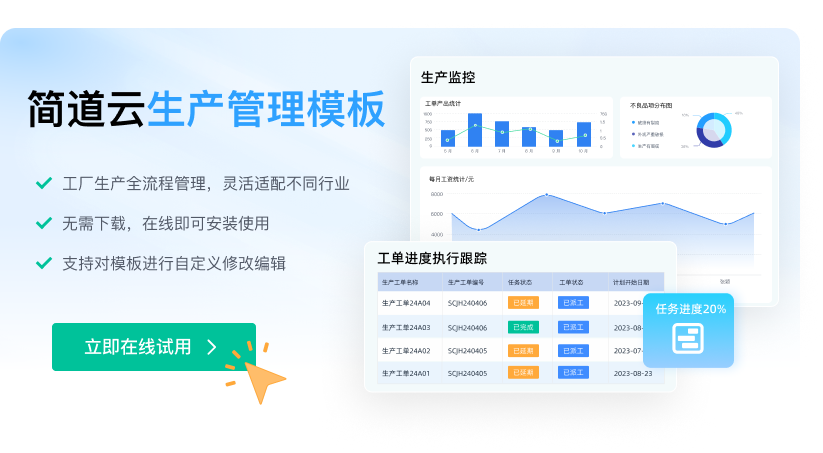

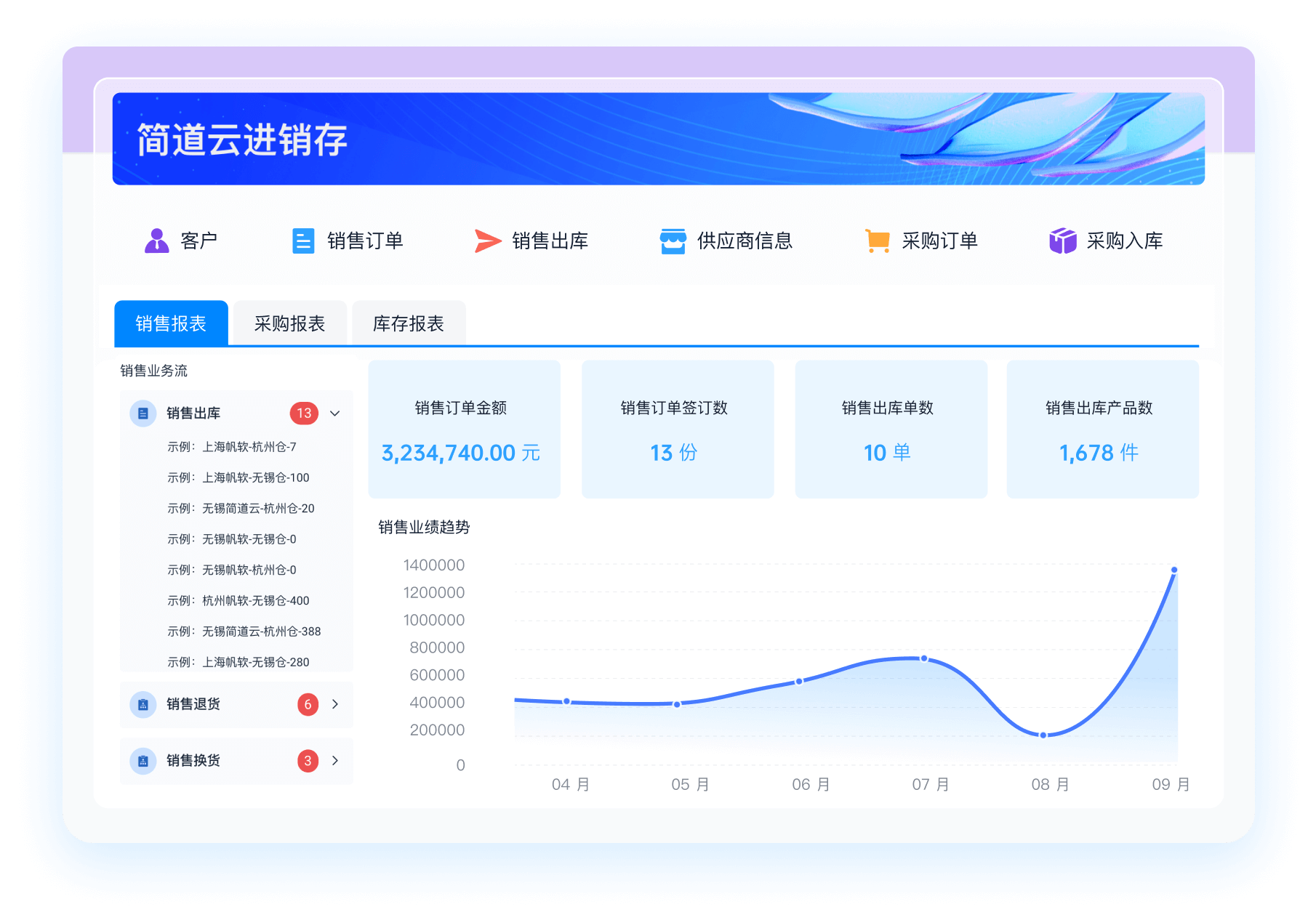
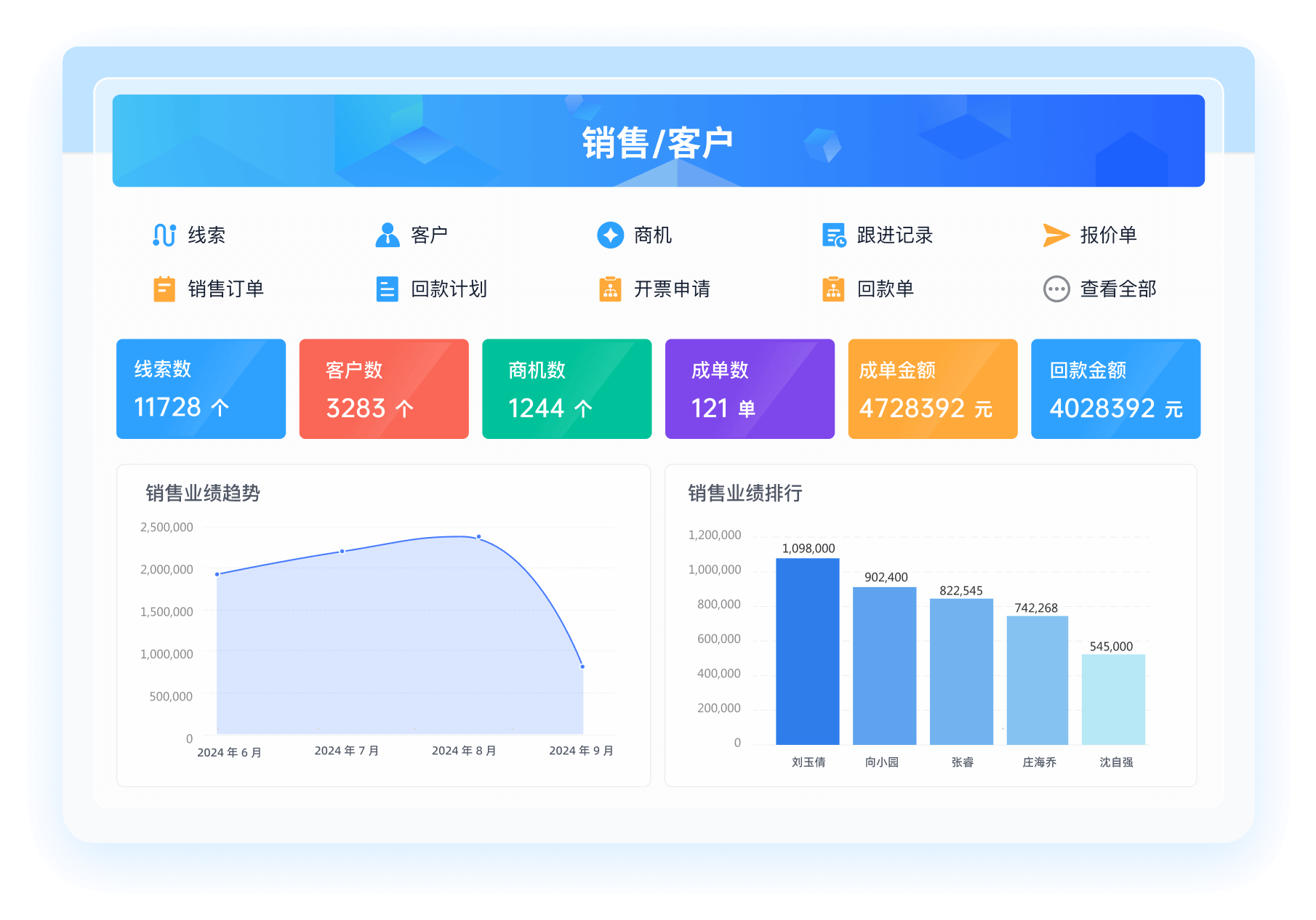
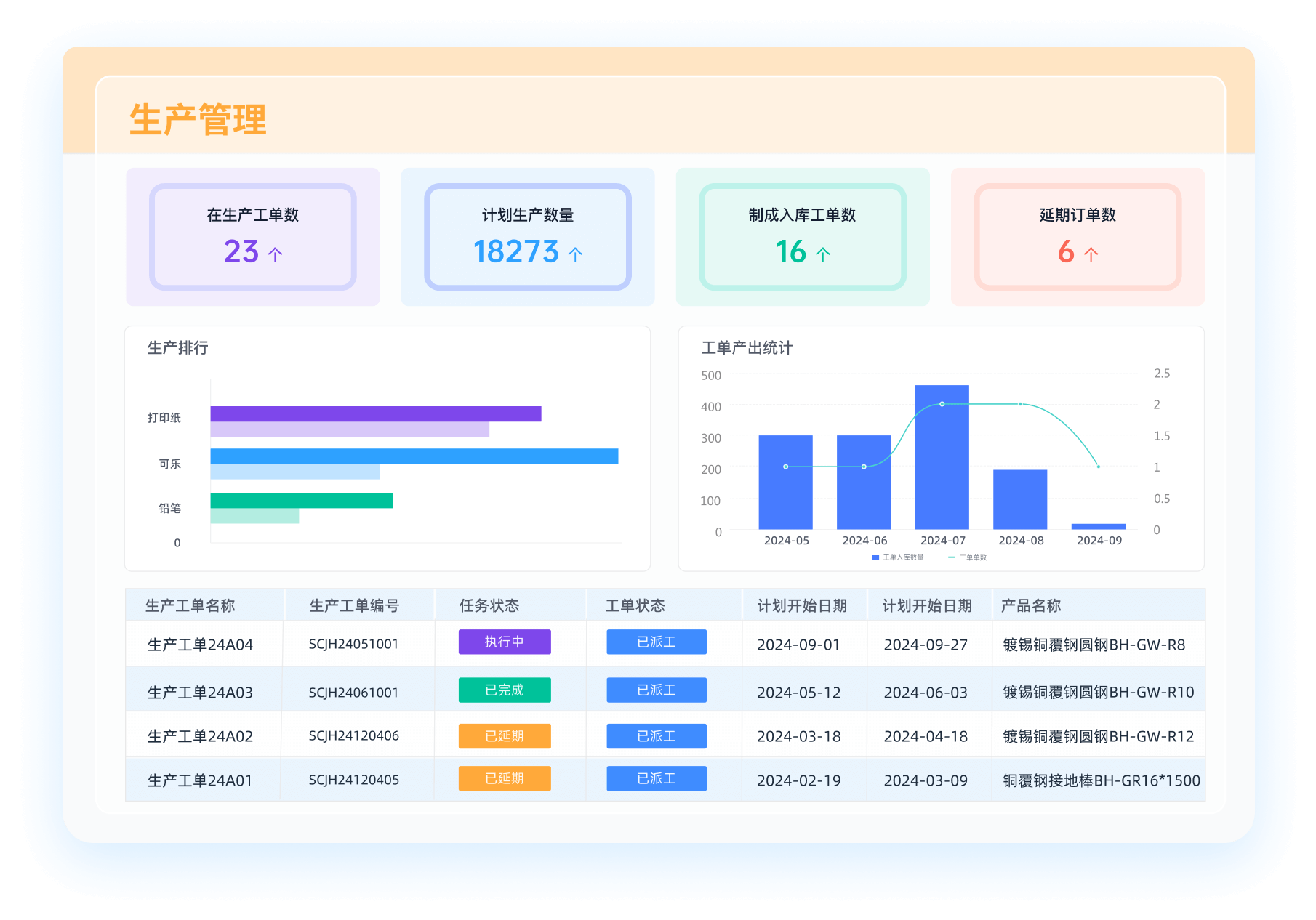
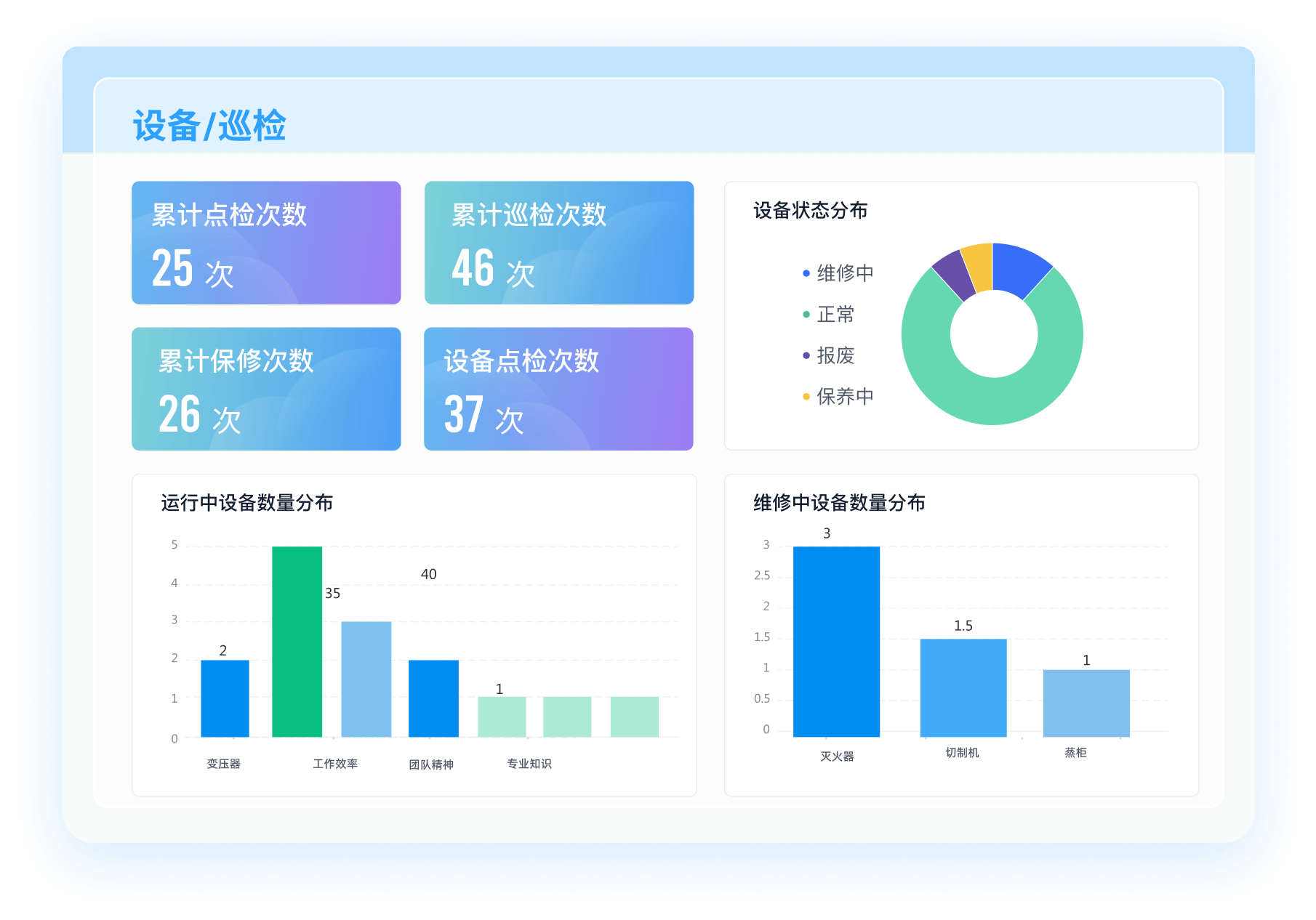
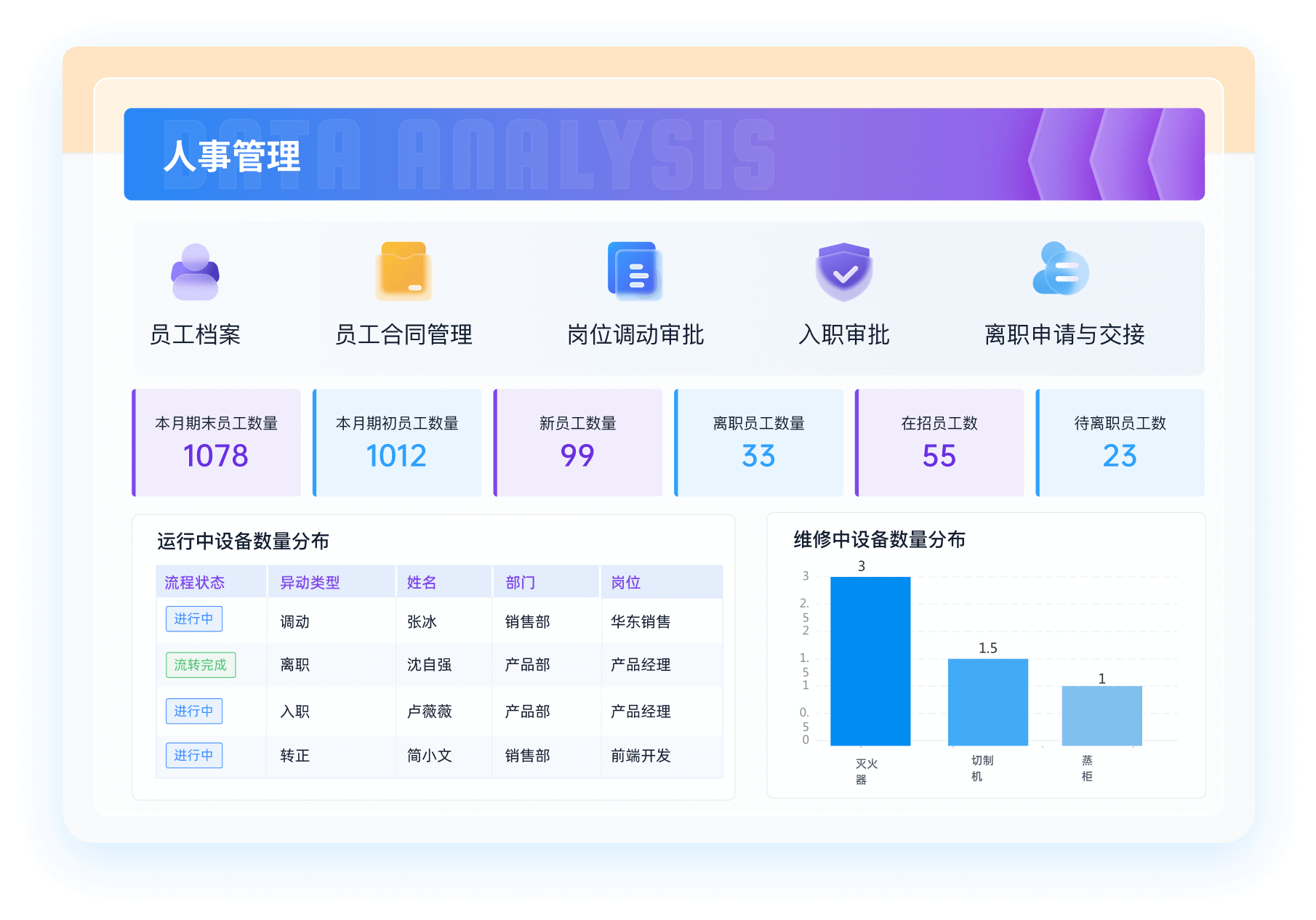
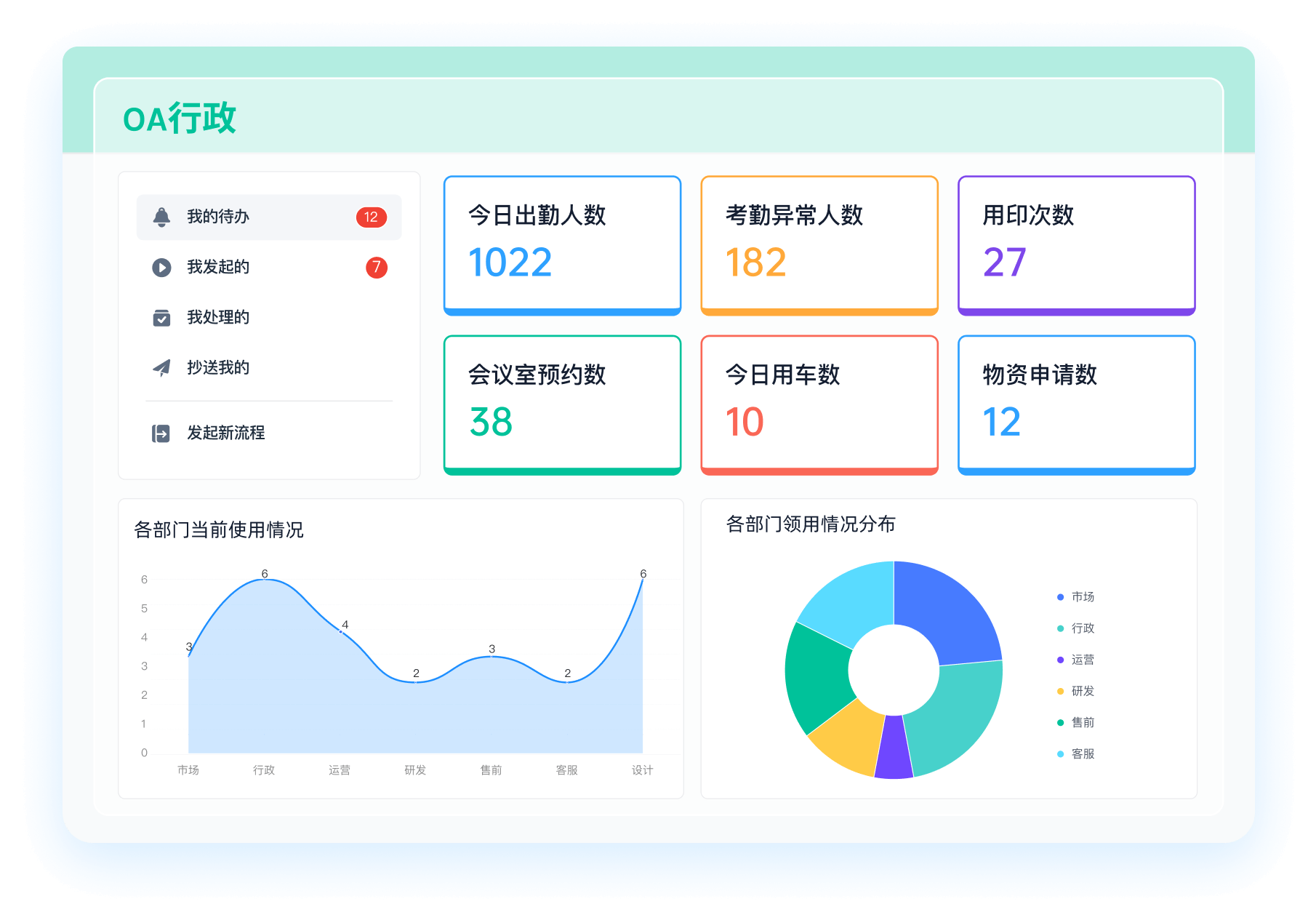
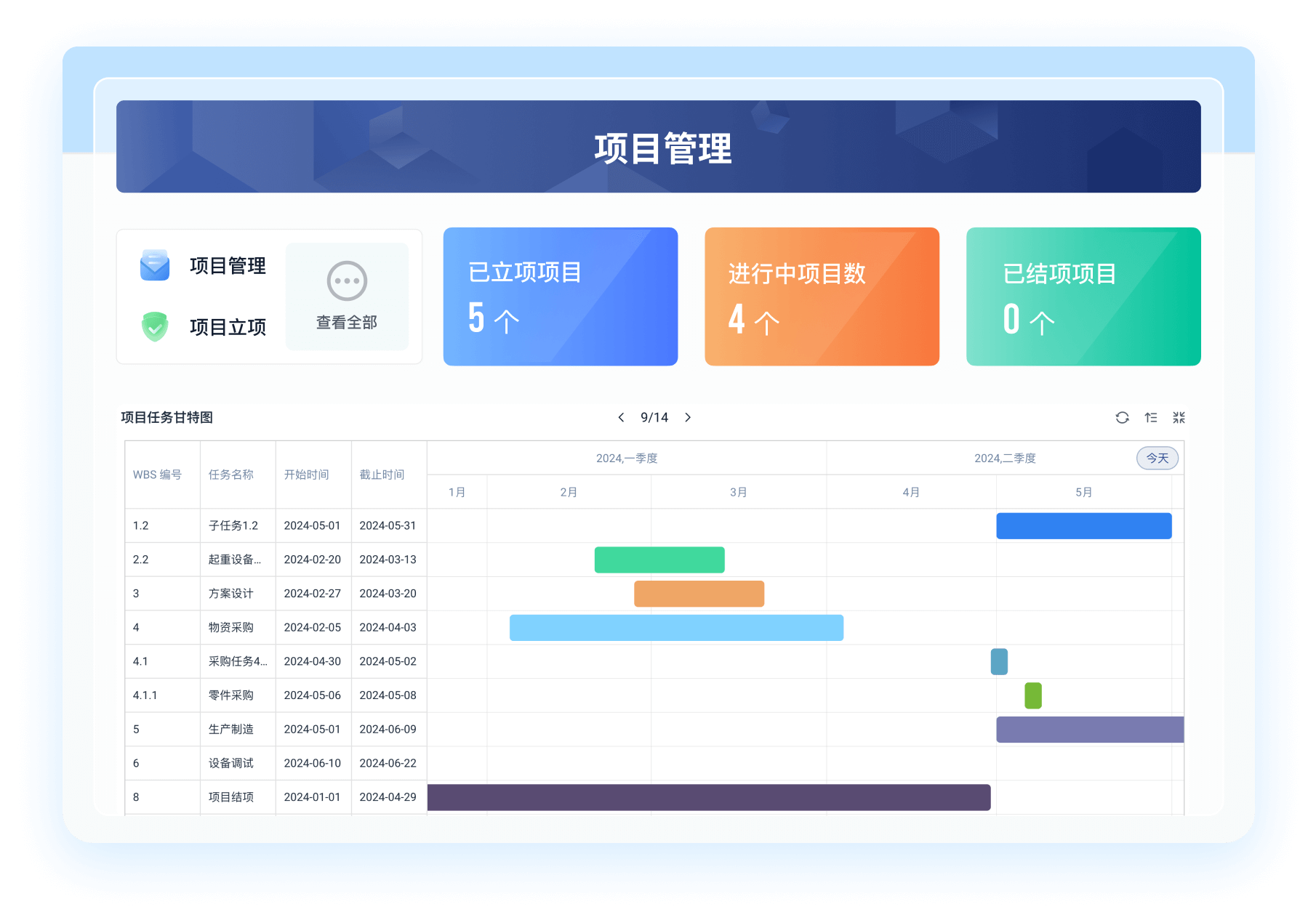
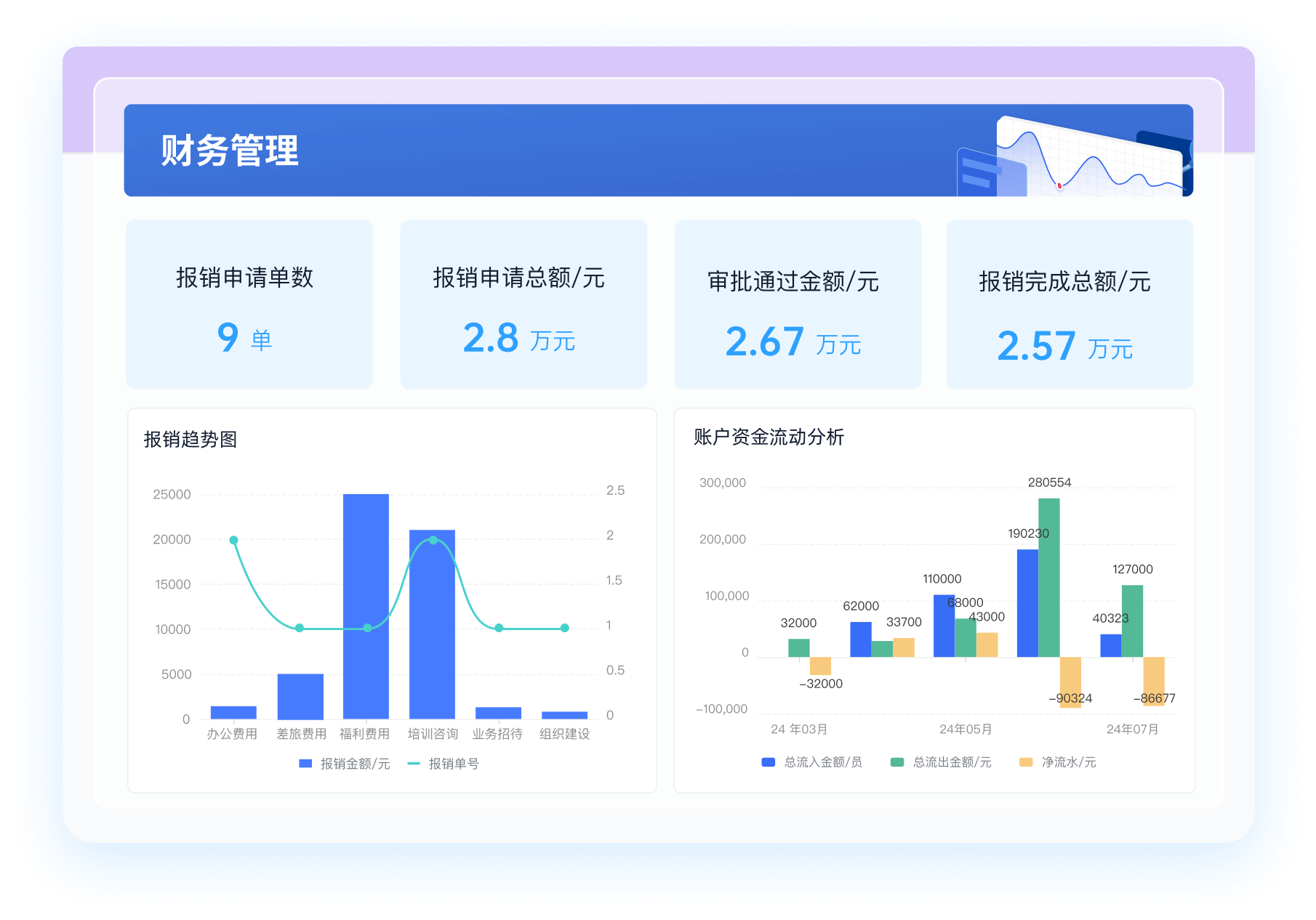
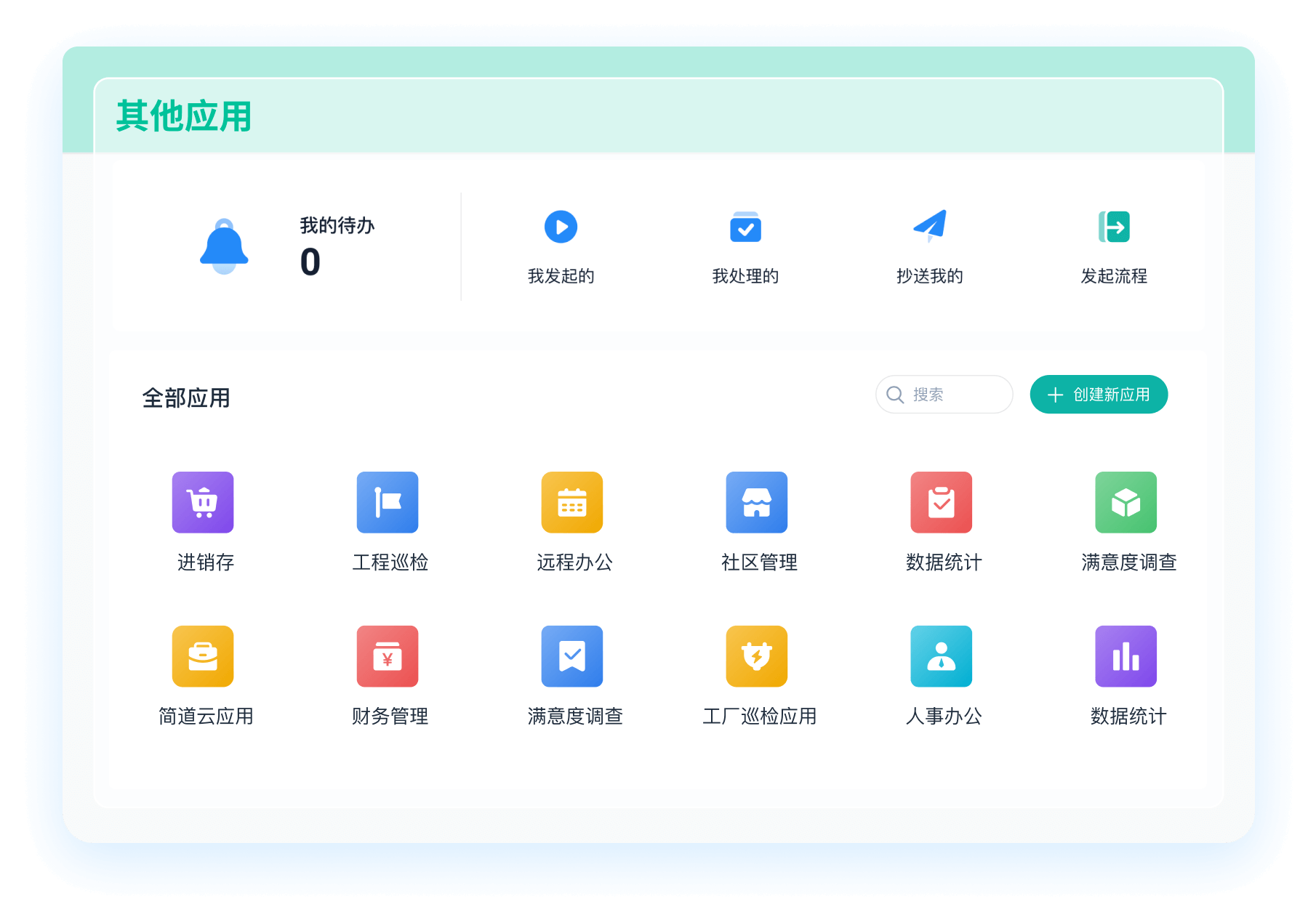
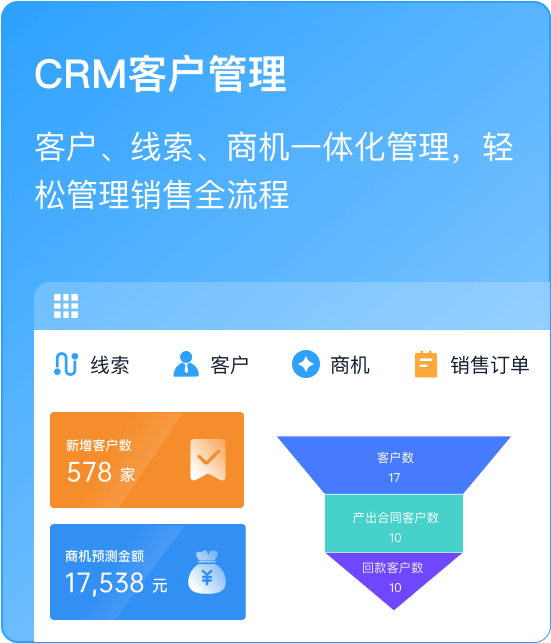
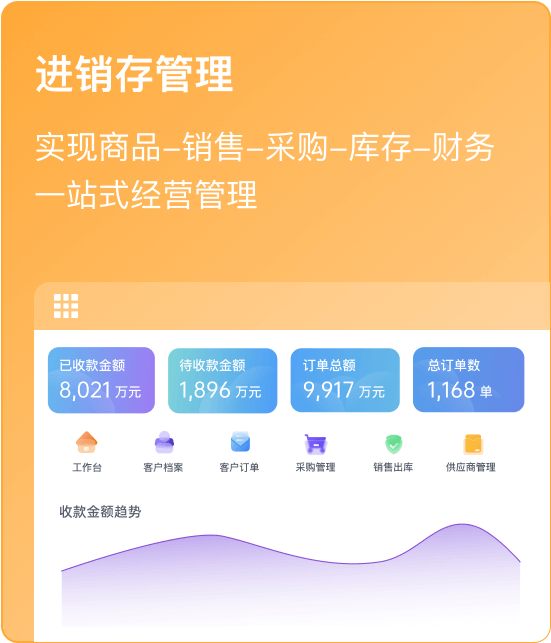
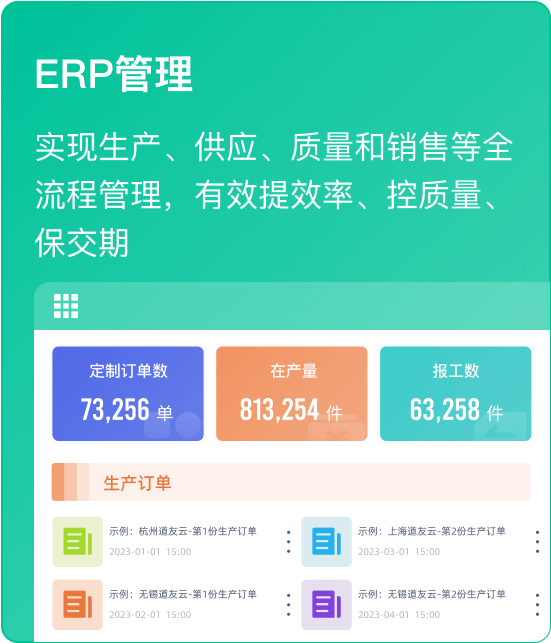
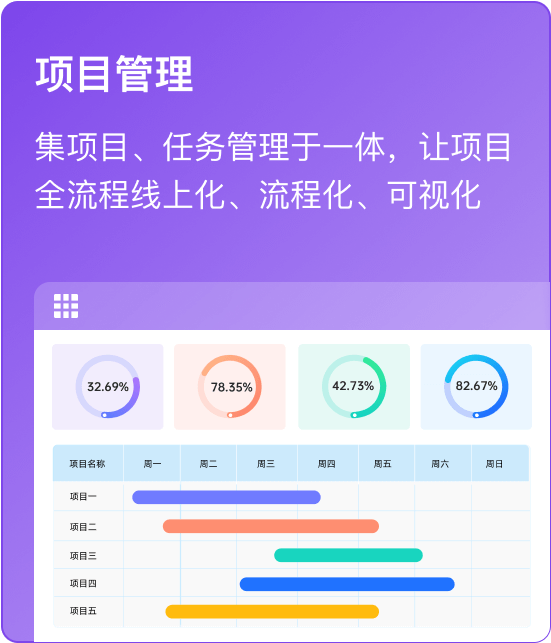
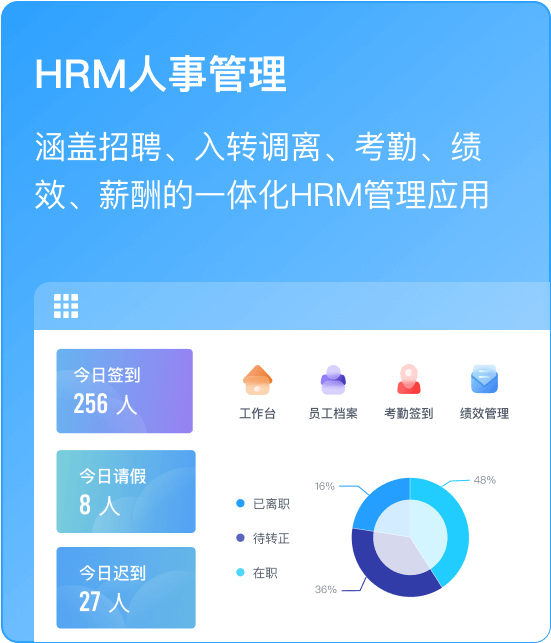
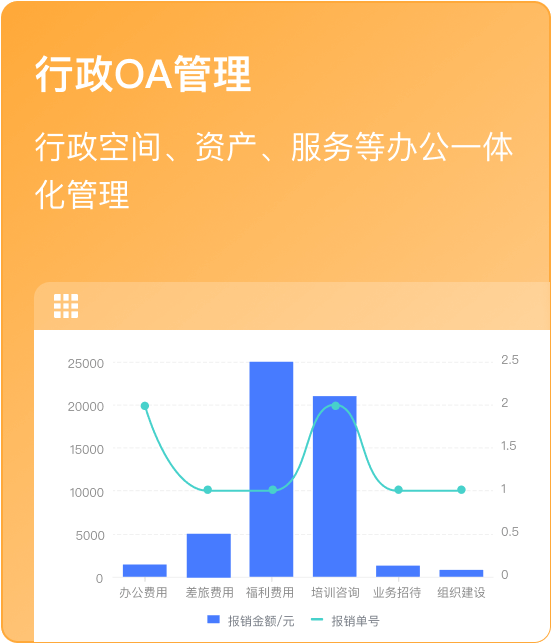
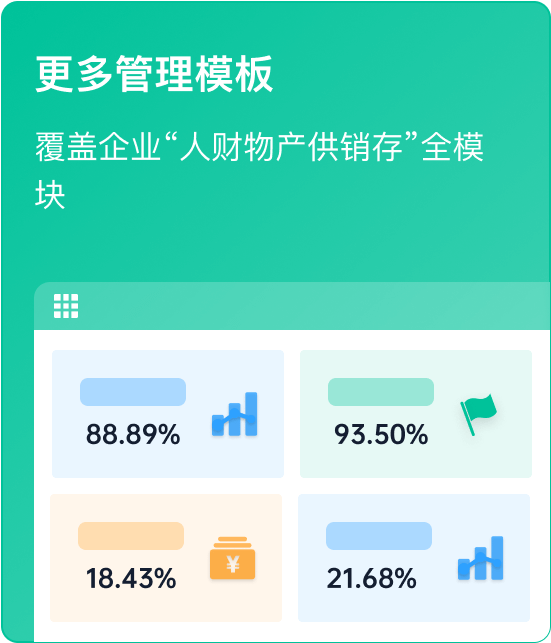
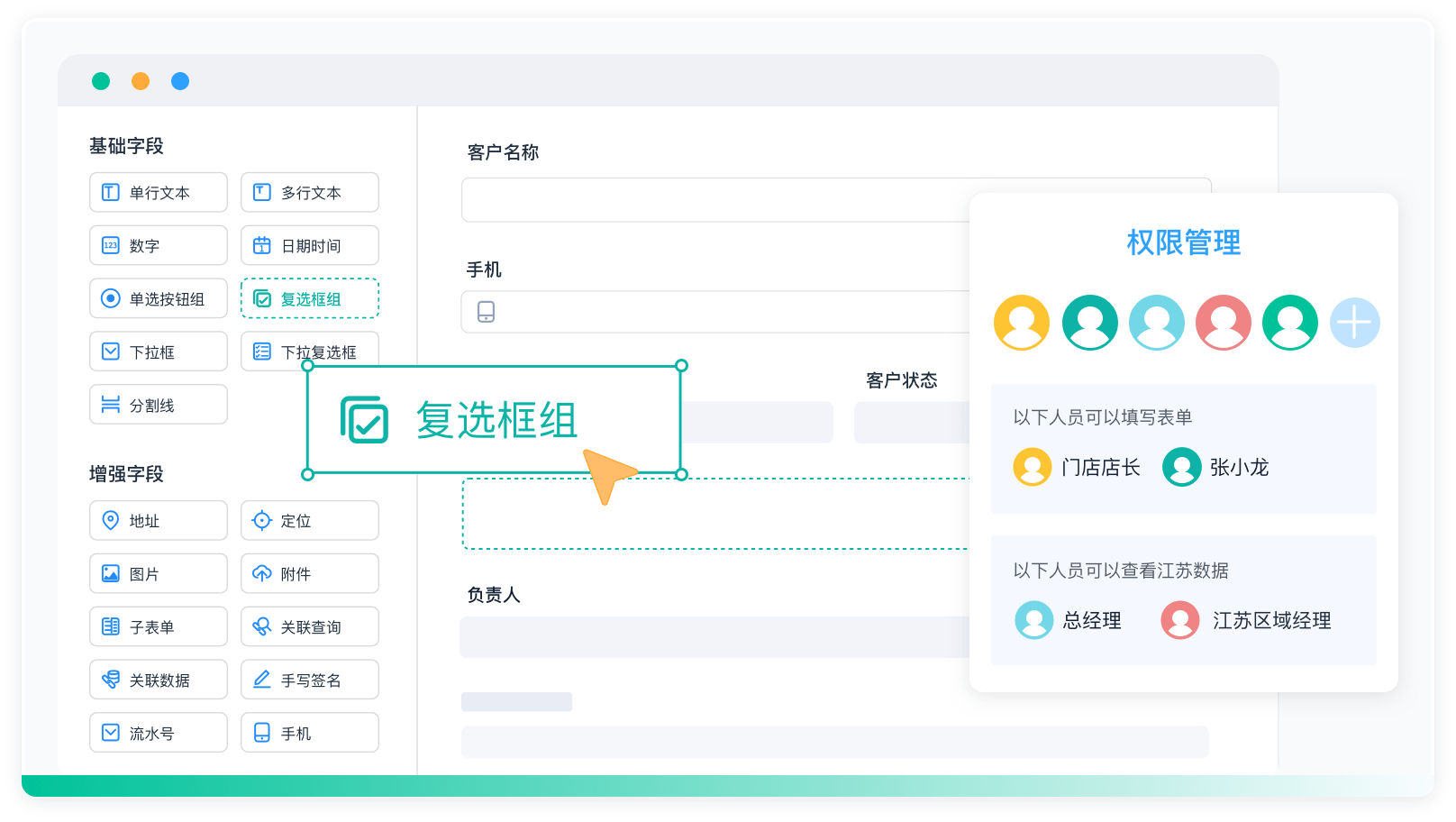
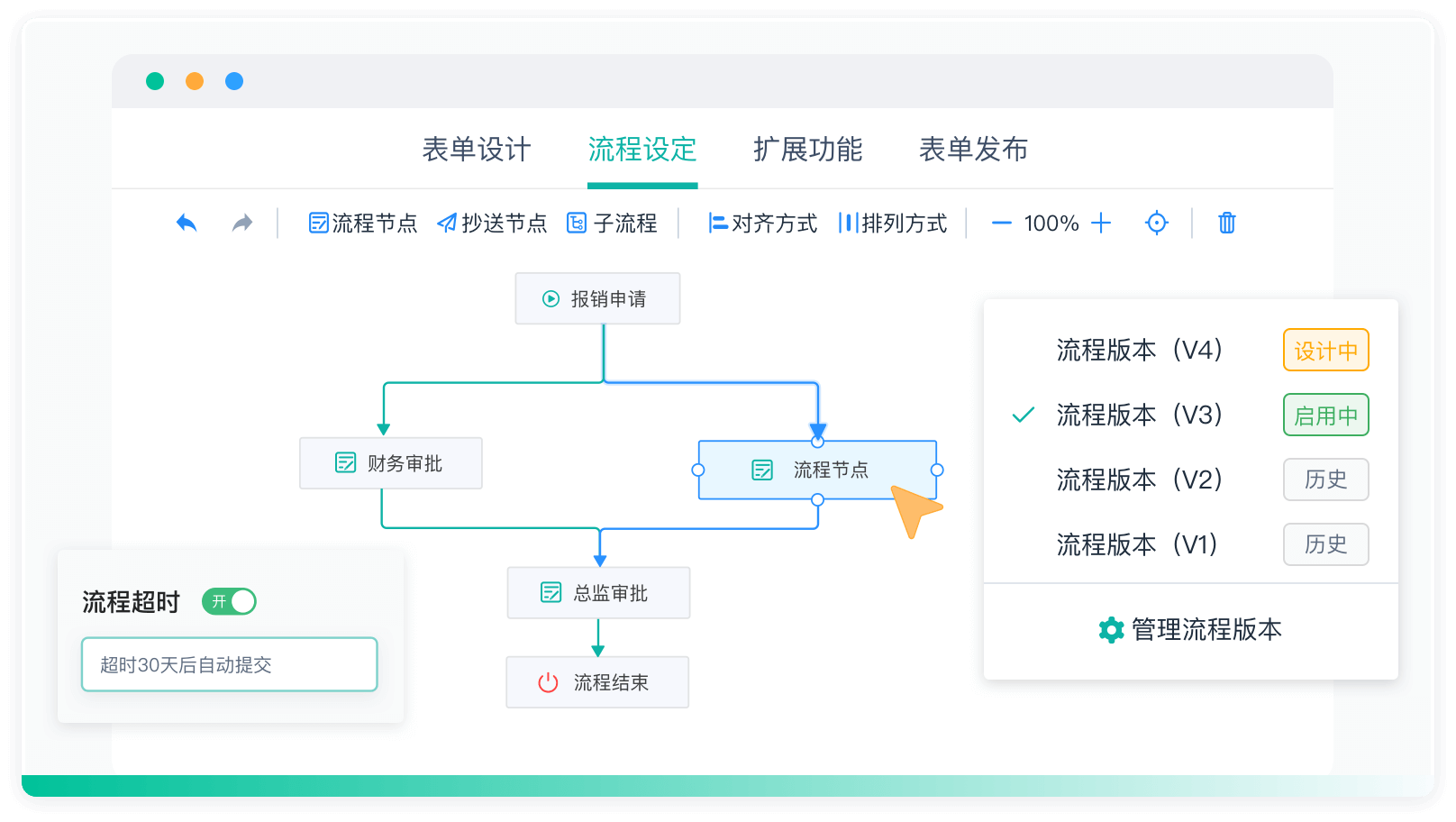
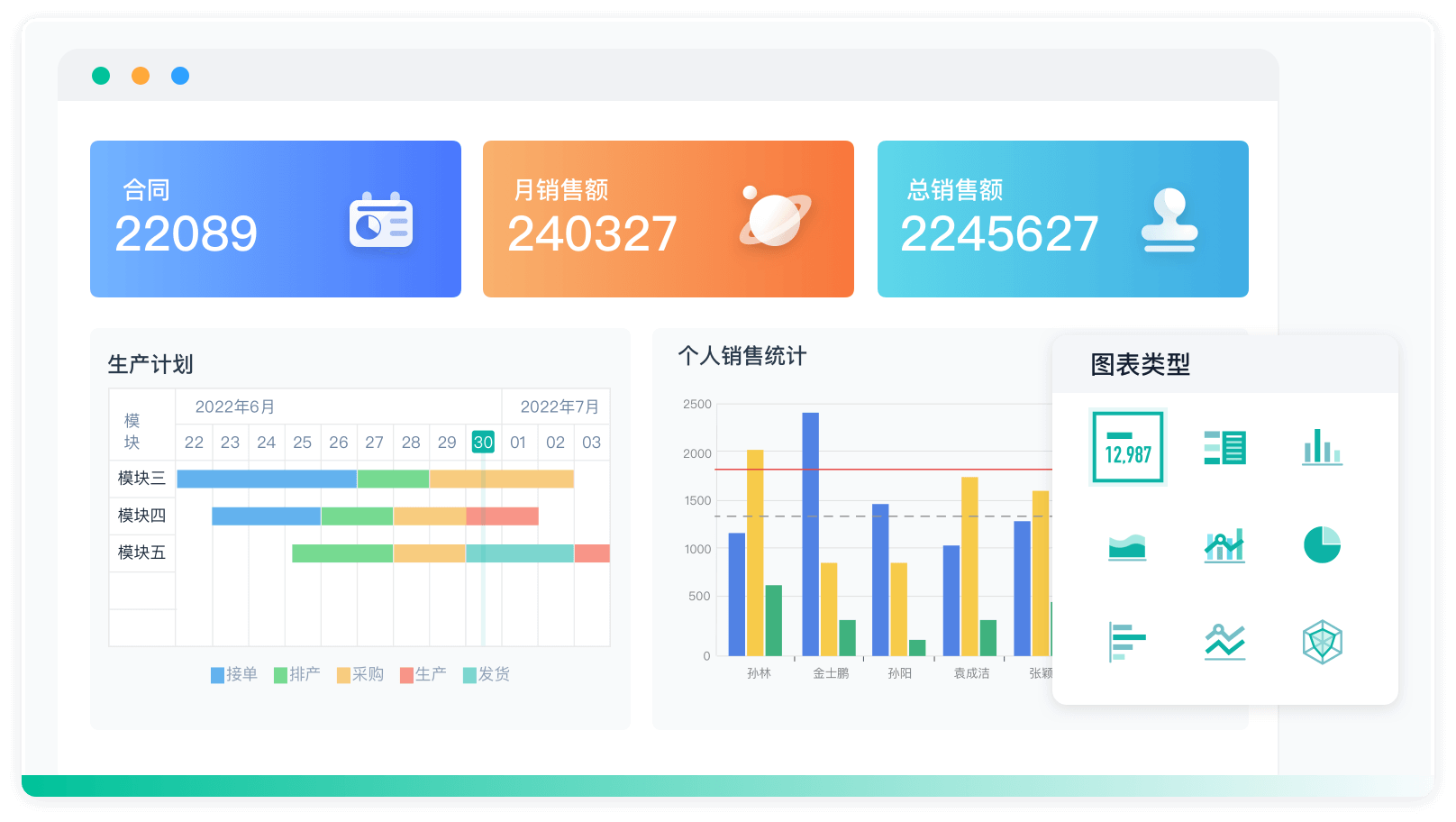
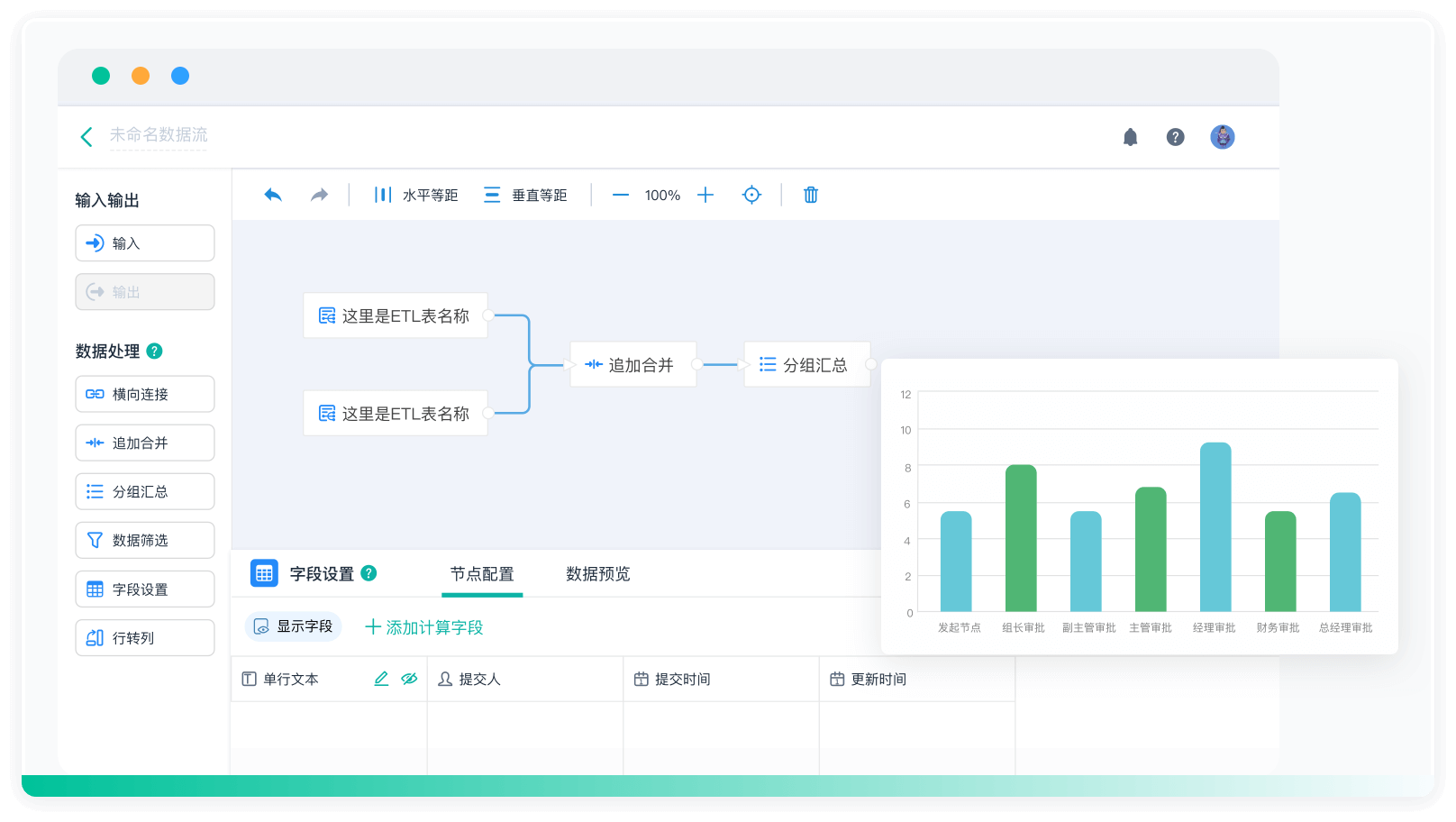
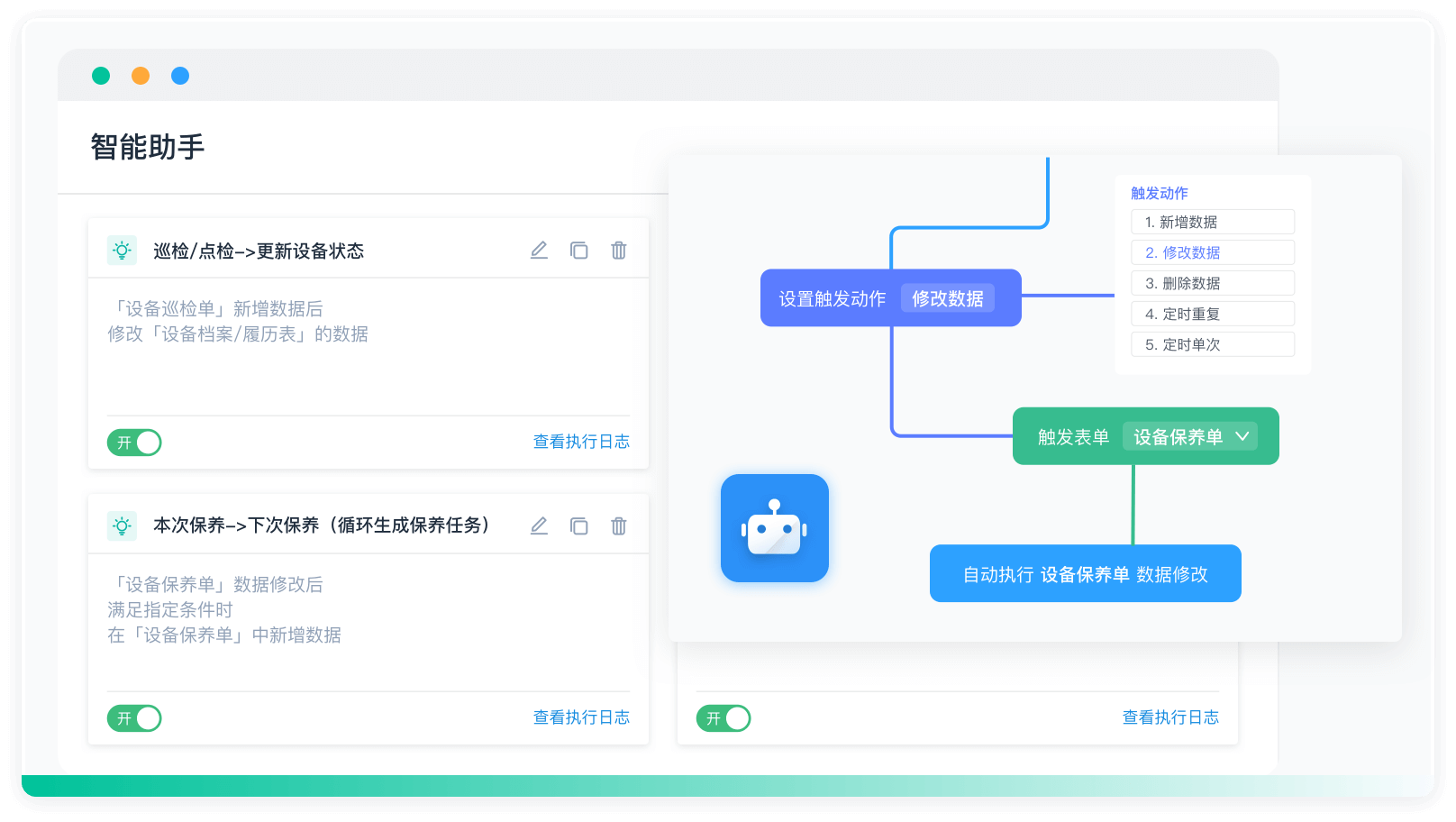
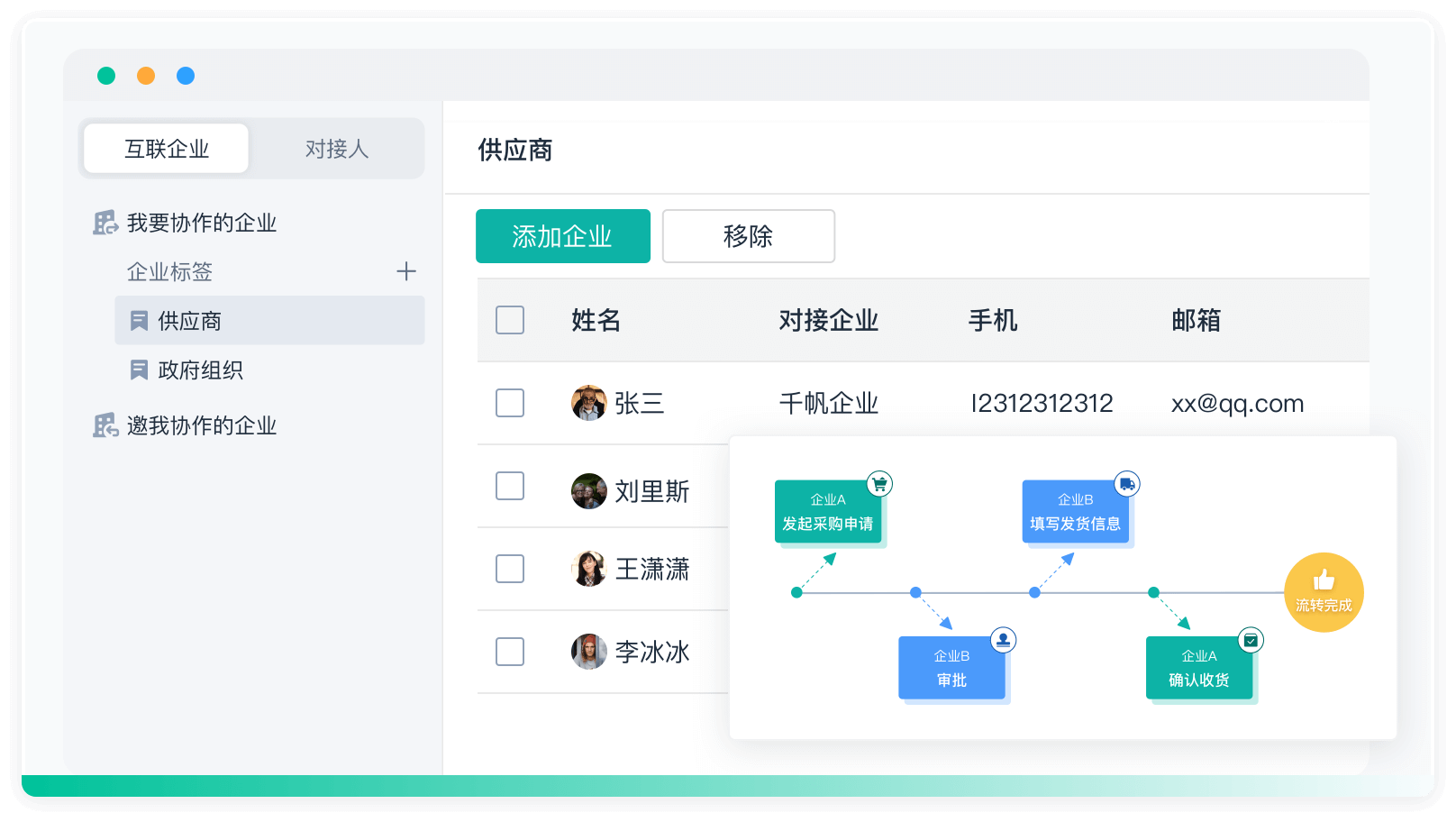
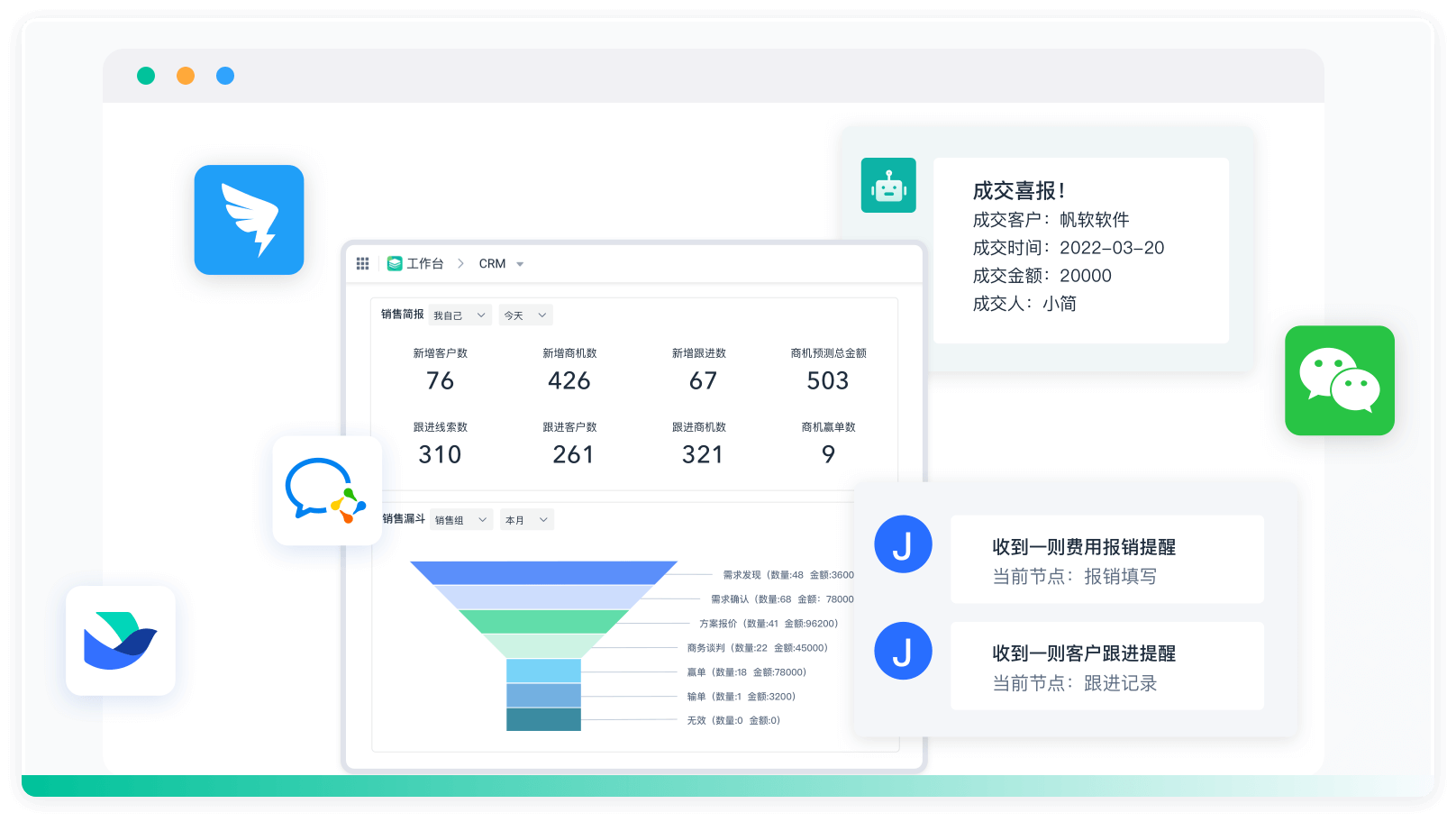




























































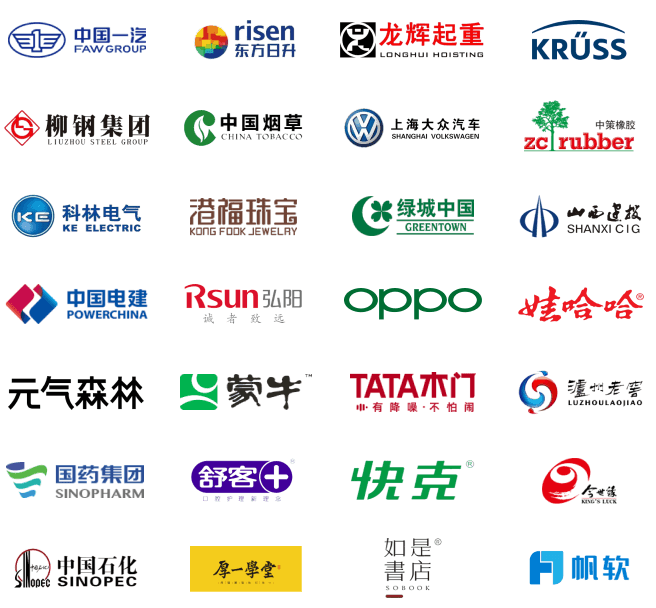
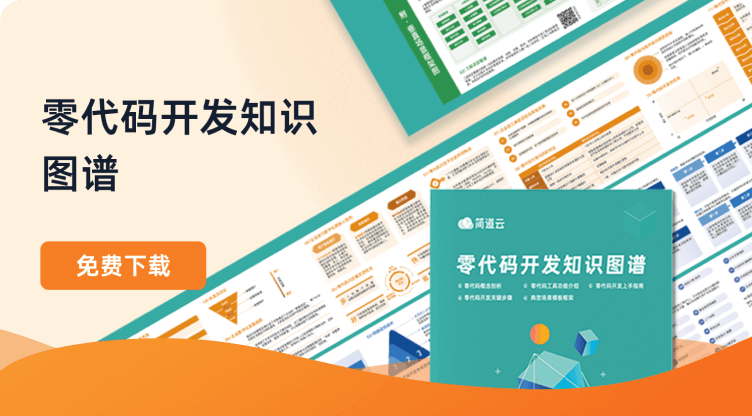 《零代码开发知识图谱》
《零代码开发知识图谱》
 《零代码
新动能》案例集
《零代码
新动能》案例集
 《企业零代码系统搭建指南》
《企业零代码系统搭建指南》









